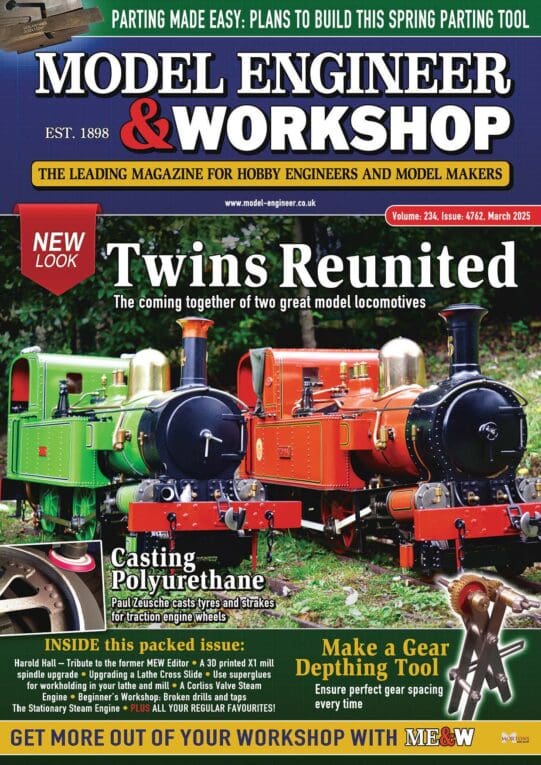Scraping
Scraping
- This topic has 31 replies, 16 voices, and was last updated 22 October 2022 at 15:58 by
David Anderson.
- Please log in to reply to this topic. Registering is free and easy using the links on the menu at the top of this page.
Latest Replies
Viewing 25 topics - 1 through 25 (of 25 total)
-
- Topic
- Voices
- Last Post
Viewing 25 topics - 1 through 25 (of 25 total)




